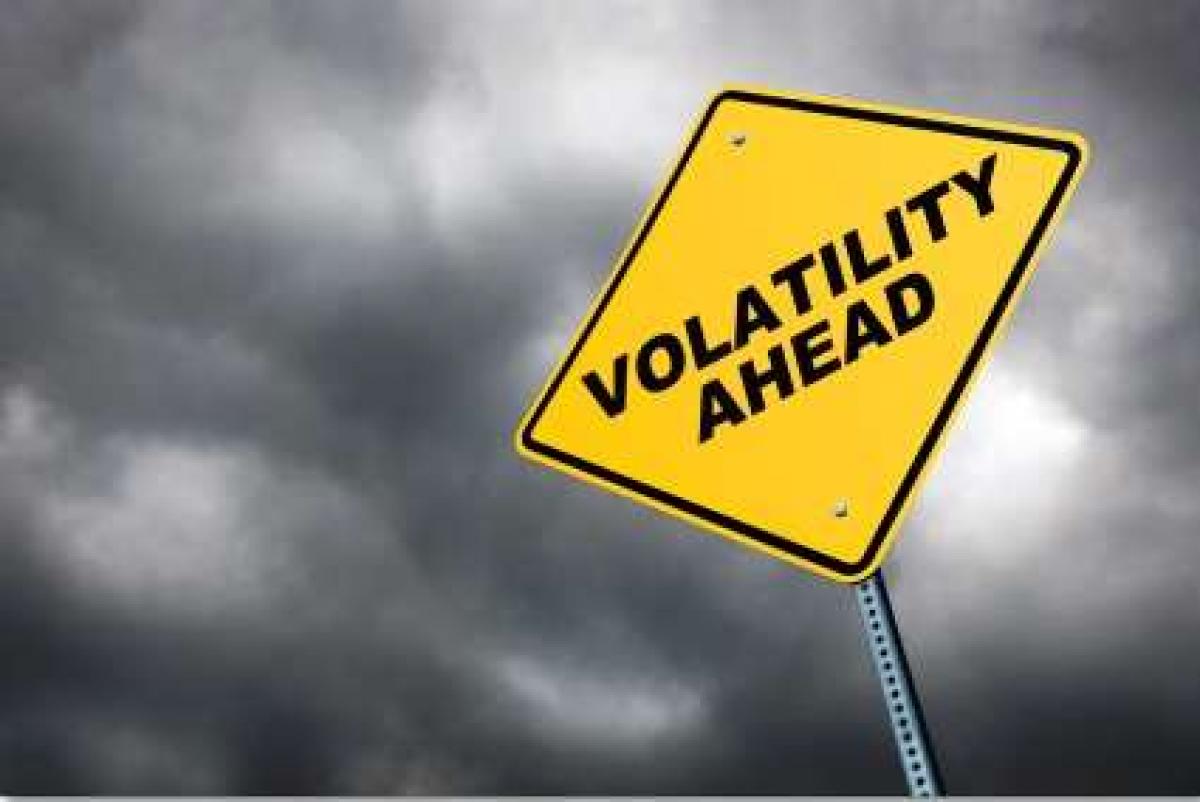| Best performers | Worst performers |
| Global equities 42% | Commodities 36% |
| U.S. equities 33% | Emerging market fixed income 32% |
| Emerging market equities 25% | Global fixed income 25% |
| Private equity 20% | Domestic fixed income 21% |
| Hedge funds 16% | Natural resources 21% |
Source: Natixis Global Asset Management
Institutional investors generally see the coming year, 2016, as a good year for equities, but … they are concerned about volatility, macroeconomics, and geopolitics.
So say those who responded to the 2015 Global Institutional Investor Survey sponsored by Natixis, an asset manager with more than $890 billion in AUM.
Asked what asset classes will be the best performers of the coming year, the respondents listed both global and US equities at the top, emerging market fixed income and commodities at the bottom. The above chart, adapted from one on p. 4 of the survey report, gives more.
The respondents included decision makers for pensions, sovereign wealth funds, insurance companies, foundations, and other such entities. The population included 660 institutions.
Even as We Speak
Many respondents were concerned about the volatility of asset prices in the present environment. As to the top cause of that volatility, 54% name geopolitical events – an unsurprising result, given recent headlines from Paris, Mali, Syria, etc. Also near the top of the list of vol-generating worries: China’s market troubles, the diverging views of the world’s central banks, and (or consequently) likely interest rate changes.
The U.S. Federal Reserve is in discussions about a tightening even as your humble reporter types these words. As the Natixis report says, at this point “mere anticipation of a quarter-point increase can put markets in turmoil.”
| Reasons to Increase Alt Investments | From Natixis respondents |
| Diversification | 64% |
| Alpha Generation | 50% |
| Risk mitigation | 49% |
| Access to new investment opportunities | 37% |
| High risk-adjusted returns | 32% |
Source: Natixis Global Asset Management
This is especially the case because the Fed is moving in one direction while the European Central Bank is moving in the other.
Investors say that as rates rise they will move out of longer-duration bonds into those with shorter durations. Many say they’ve already made that shift in anticipated of the much-telegraphed increase. Still others plan to reduce their exposure to bonds as an asset class, and will increase their use of alternatives.
Alternative investments offer their actual and potential investors a range of potential benefits, as illustrated in the table above. Given the worries on the minds of the decision makers as the old year gives way to a new, risk mitigation is virtually neck-and-neck with alpha generation, and diversification easily tops them both.
The Reuters poll
By serendipity, a Reuters poll just out throws some light on the results of this Natixis survey. Reuters spoke to the top Wall Street institutions and found that although they were “well prepped” in advance for the expected increase on December 16, they do not believe that the Fed has much of an appetite for continued increases after that, largely because the numbers that the board is looking at don’t make a case that there exists an inflationary threat.
Broker-dealers expect that the Fed will maintain the interest rate on excess reserves at 0.5% and the rate on overnight reverse repurchases at 0.25, representing respectively the top and the bottom of the fed funds range.
This use of a range, rather than of a pin-point target, is a crisis born tactic that will likely remain in play.
There’s also the matter of the Fed’s balance sheet to consider. Since the global financial crisis, the balance sheet has more than quintupled to $4.5 trillion (before the crisis, it was at about $870 billion.) The Federal Reserve’s efforts to reduce the size of this balance sheet may prove tricky. Again, those polled by Reuters don’t expect the Fed is in a hurry there or even that it will begin addressing that point before 2016.
So the Reuters poll confirms the Natixis survey’s general theme that markets are worried about interest rate moves and that heading into December they’ve been preparing for an increase from the Fed. But it tells us something else, too: since the market seems only to be preparing for a modest and slow increase, it is vulnerable to surprise should the Fed act more aggressively than expected.




